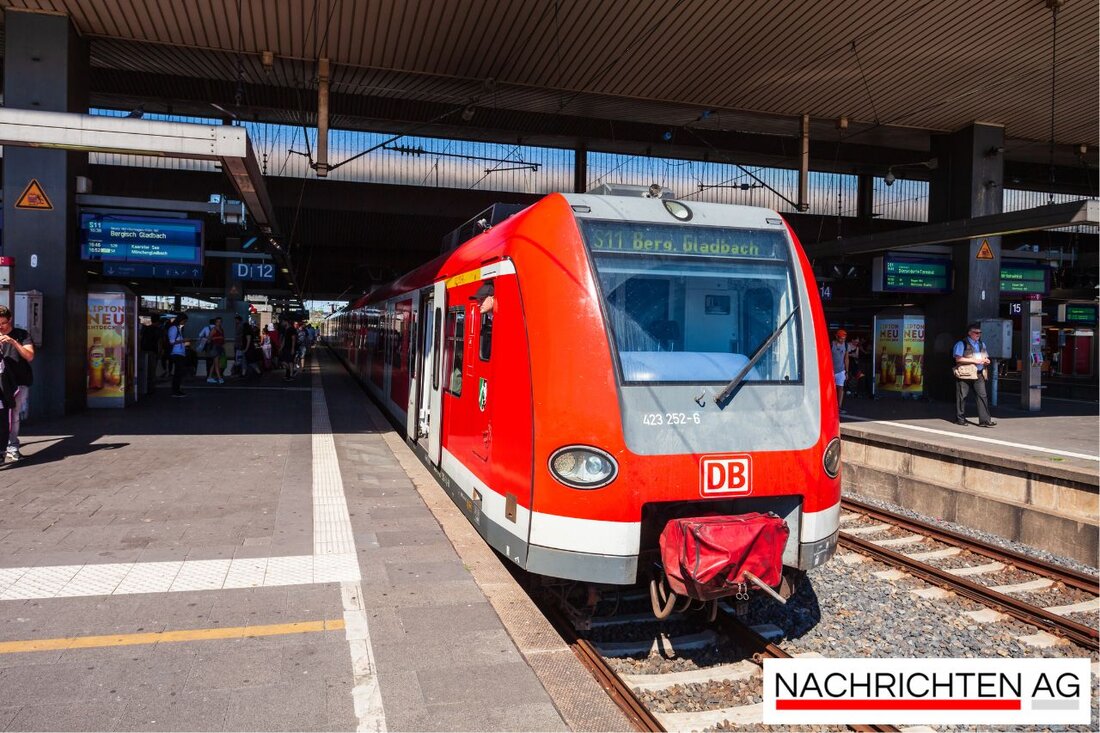Red alarm level: Hamburg-Berlin closure ensures hours of waiting!
Red alarm level: Hamburg-Berlin closure ensures hours of waiting!
Seven federal states stand up to the upcoming general renovation of the long -distance traffic route between Hamburg and Berlin. This is closed in full length from August 2025 to April 2026, which will have a significant impact on daily travel. According to FAZ , the route includes around 230 trains with up to 30,000 passengers every day.
In a letter to Federal Transport Minister Patrick Schnieder (CDU), the affected countries, including Berlin, Brandenburg, Hamburg, Mecklenburg-Western Pomerania, Lower Saxony, Saxony-Anhalt and Schleswig-Holstein, call for a better organization of rail traffic during this nine-month block. The countries complain that there is still no agreement on various topics that were originally set between the federal, state and Deutsche Bahn.
replacement traffic and its challenges
The need for reliable replacement traffic is pressing. According to the claims, appropriate replacement traffic services must be provided for all affected municipalities and regions. The measures include that the trains in long -distance transport via Stendal, Uelzen and Salzwedel are diverted, which will result in a longer travel time of around 45 minutes. In local transport, some regional lines are planned to enable faster connections to Berlin and Hamburg.
The situation in the Falkensee area is particularly challenging, where a seat for every passenger cannot always be guaranteed. The lack of experience for traffic demand during the construction period makes it difficult to plan the replacement traffic. The Minister of Transport by Brandenburg, Detlef Tabbert, demands clear commitments to finance in order to create the necessary infrastructure for replacement traffic, and has put the proposal into the room to set up a "corridor advisory board" that integrates all relevant actors.
sustainability and traffic structure
These construction measures are in a larger context of sustainable mobility. According to ÖKOM , the reduction in environmental pollution through private transport and harmful substance-intensive combustion engines is sought. The switch to sustainable forms of mobility is crucial to achieve climate neutrality by 2050, since the transport sector is about 20 percent of national greenhouse gas emissions.
A climate -political challenge is also the area consumption through new roads and parking spaces, which further restricts urban habitats. In view of these aspects, the upcoming general renovation is not only an infrastructural measure, but also a step in the direction of a traffic transition that should reduce both environmental damage and ensure access to mobility for all citizens.
The countries concerned have now come together to bundle their concerns and to promote the planning of replacement traffic. The aim is to offer the citizens comfortable travel opportunities during the construction work and to meet their mobility needs as best as possible. The use of many buses is expected to cover the increased need of travelers, but at the same time not to increase the traffic load by other means of transport, as from the information of the VBB .
| Details | |
|---|---|
| Ort | Berlin, Deutschland |
| Quellen | |


Kommentare (0)